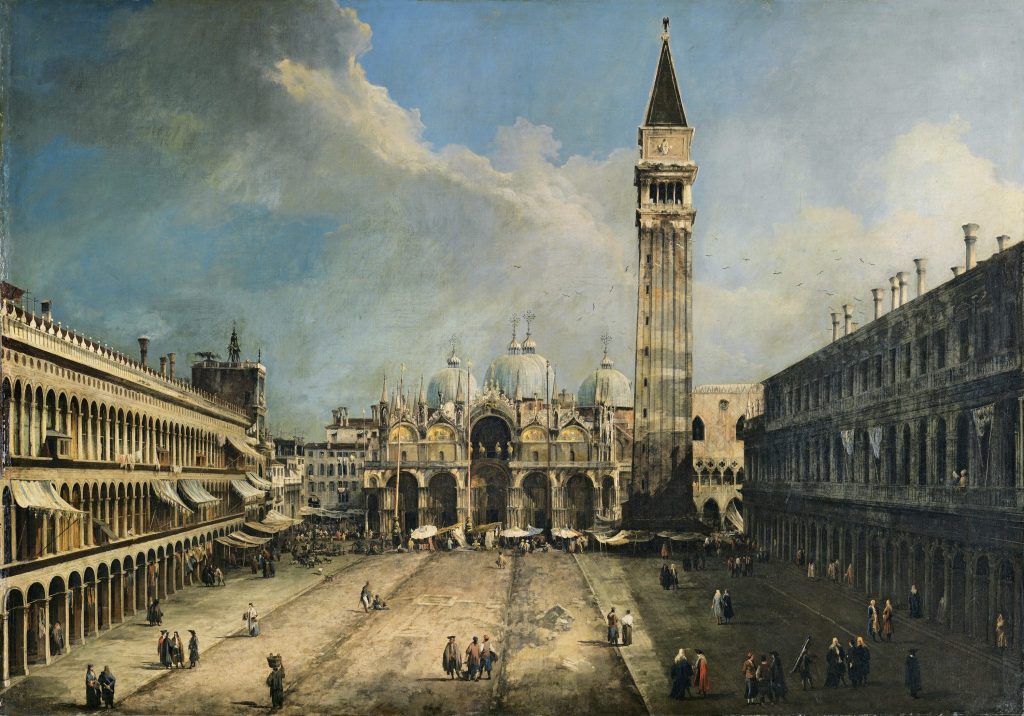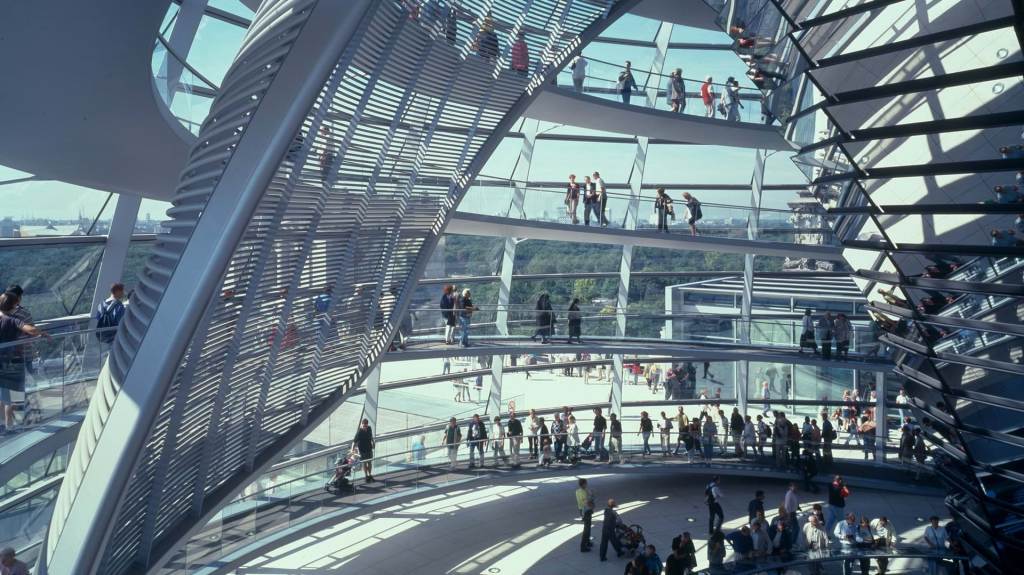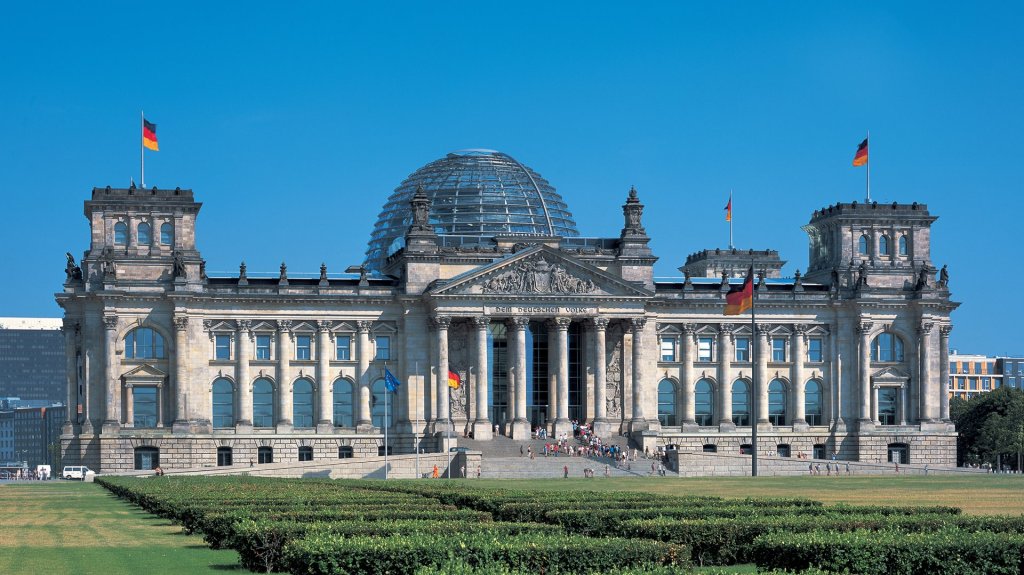Dealing with memory
Palau-Castell, Betxí. El fabricante de espheras.
Strata

Vilanova de la Barca Church. Aleaolea.
All the buildings that have a large age, have another aspect in common; they are buildings conformed with the latest technology of each time, with the techniques and thoughts of each period. Vulgarly we say that a building belongs to a specific date, denying the rest of architectural witnesses who do not belong to that hegemonic stratum. Perhaps it would be more accurate for us to understand these buildings as heterogeneous architectures that have traversed history, without reaching an absolute simplification. Recognize the strata of that memory, and not just the largest one.
Memory is somewhat diffuse and distant. We conceive it as something that happened a long time ago, and of which we do not have many details. Diffuse figures, a series of specific actions, and an unfinished stage can make up a memory. What seems clear is that for the formation of one you need two things: Time, which filters the facts, and a trigger that marks a timeline. Our society does not understand the contemporary as something that forms part of memory. However, we must remember that now will be the future memories. A stratum to build.
Ghostly illusions?
Are we sincere with our society when we remember our culture? Do we count all the events that have occurred throughout our history?
Let’s make a simple experiment from our houses, for it we will only need to imagine St. Mark’s Square, in Venice. What is appearing in our mental image –or in a quick Google search-? The imposing Basilica of St. Mark appears, dominating the space of the square. Attached to the Basilica is the Ducal Palace, almost protecting it from the great Canal. The wings of the square surround us as we finish shaping the space, being closed by the Napoleonic wing. But all these architectures seem to be surrendered to the real protagonist of the square: the Campanile. This tower is one of the city’s landscape landmarks, creating an image on the different scales of Venice.

However, are we aware that what we are seeing is a 1:1 scale reproduction of the original? Tragically the original Campanile was lost on April 25, 1902. A terrible event that left its mark on several generations. Today we seem to forget this event thanks to the somewhat ghostly illusion of what originally was. A decision to cure a trauma that causes a problem for generations to come, because it denies them the knowledge of reality.
The mat of history is eroded. What happened at that moment is eliminated because society considers it more important to recover an image than to be coherent with the fateful event and with time itself. In this way a trauma was “cured” through the use of a replica, which acts as an amnesic drug. The society of the early 20th century did not accept what had happened. If it is not a good event, let it not be part of our recorded history.
Collective sensitivity
What about the society of the early 21st century? The contemporary world values transparency and coherence, but there are also dangerous cases of megalomania and a desire to play a leading role.
It is painful to witness a moment like this, in which we lose one of the strata that make up the cathedral of Notre Dame. It will be a sign of maturity to accept this event, not hiding it. Acting with the means of each time is something that all architects have always done when they have intervened in heritage, including the now lost stratum left by Viollet-Le-Duc (19th century). The difference with this way of acting may be that this reconstruction project is constrained within the limits suggested by people, thanks to working with dynamics that include citizen participation.
Reichstag. German parliament. Foster+Partners.
That’s when we ask ourselves:
Should this reconstruction be carried out with a contemporary materiality that breaks with the rest of the building? Or should it seek a more subtle way of acting?
Should we think about the possibility of including new uses, taking advantage of this as an opportunity to recognize the monument in another way? Or should we limit ourselves to situating a roof that avoids the problems generated by its absence?
Perhaps we should not intervene, understanding this lack of action as an action in itself?


